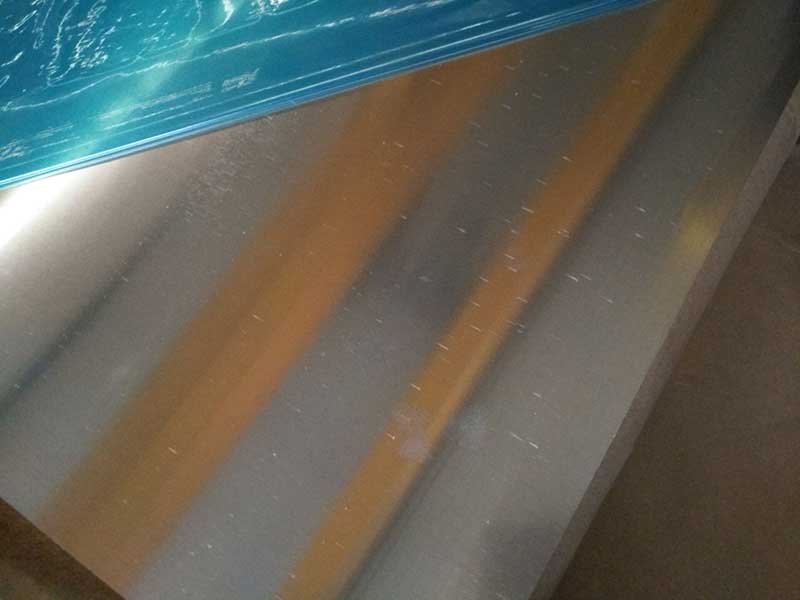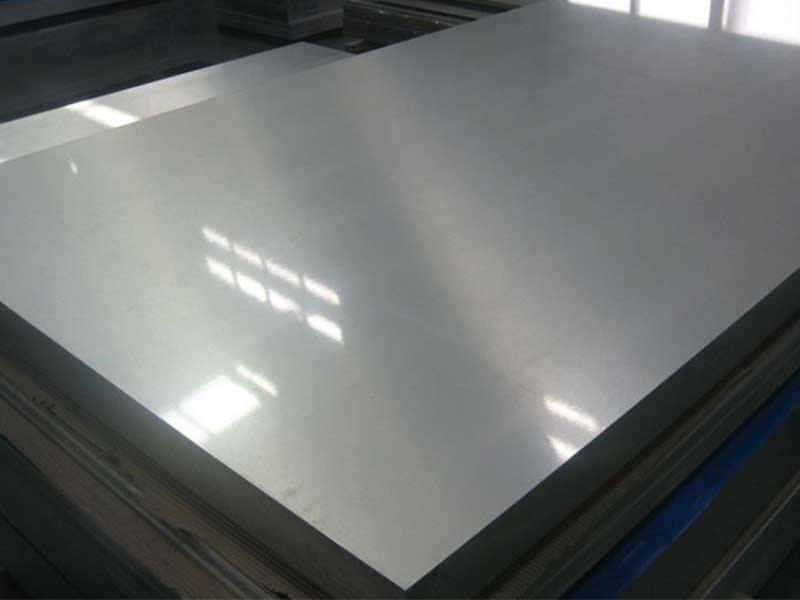In the world of industrial insulation, selecting the right material is crucial for maximizing energy efficiency and safeguarding equipment. One option that stands out for its versatility and performance is aluminum roll jacketing. This material not only lends itself to efficient thermal insulation but also provides unparalleled defense against corrosion and mechanical damage.
What is Aluminum Roll Jacketing?
Aluminum roll jacketing is a type of protective covering made from aluminum sheets that are formed into a roll. It is primarily used to insulate piping systems, HVAC ducts, and equipment. With a smooth surface and excellent barriers to moisture and vapor, aluminum jacketing helps maintain the integrity and performance of insulated systems while minimizing energy loss.
Benefits of Using Aluminum Roll Jacketing
-
Durability: One of the most significant advantages of aluminum roll jacketing is its durability. Aluminum demonstrates remarkable resilience, making it suitable for various environments, including industrial, marine, and chemical applications.
-
Corrosion Resistance: Unlike other common jacketing materials, like galvanized steel, aluminum does not rust. This characteristic contributes to the extended lifespan of insulated systems, thereby reducing long-term maintenance costs and downtime.
-
Lightweight Properties: Aluminum is lightweight compared to other metals, making aluminum roll jacketing easier to transport and install. This translates into reduced labor costs and faster project completion.
-
Thermal Efficiency: Protecting insulation with aluminum roll jacketing effectively minimizes heat loss or gain, ensuring optimal thermal control. This plays a vital role in enhancing energy efficiency, hence lowering operational costs.
-
Customizability: Aluminum roll jacketing comes in various thicknesses, finishes, and designs, allowing customization to meet specific project needs. Whether dealing with standard pipes or complex configurations, there is no compromise on the insulation quality.
Installation Considerations
When opting for aluminum roll jacketing, proper installation is essential to realize its full performance capabilities. Typically, the process involves measuring the circumference and length of the insulated pipes or ducts, cutting the aluminum jacketing to size, and securing it tightly around the insulation.
It's important to address seams by using weather-resistant adhesive or double-sided tape where necessary. Additionally, selecting the suitable thickness for the aluminum sheets is critical, as thinner sheets might bend easily while thicker sheets add bulk and potentially affect installation clarity.
Industries that Benefit from Aluminum Roll Jacketing
Due to its extensive adaptability, various industries leverage the advantages of aluminum roll jacketing:
- Oil and Gas: Protects piping against harsh environments, ensuring compliance with safety standards.
- Marine: Resilient against seawater corrosion while insulating diesels and critical vessels.
- HVAC: Critical for air ducts, providing thermal imbalance management.
- Food & Beverage: Ensures stringent hygiene conditions while protecting insulation from external elements.











